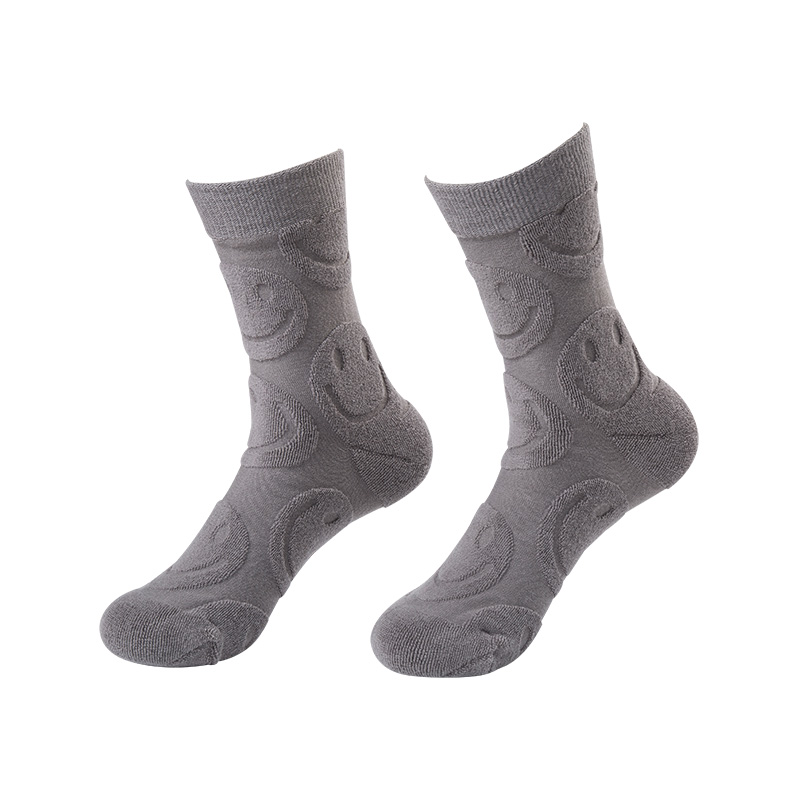Sewing socks is a delightful and rewarding endeavor that combines creativity with practicality. Crafting your own socks allows you to personalize this everyday essential, tailoring them to your unique style and preferences. In this article, we'll explore the art of sewing socks, from selecting materials to mastering the techniques that transform a simple piece of fabric into a cozy and stylish accessory.
The choice of fabric significantly influences the comfort and functionality of your homemade socks. Knit fabrics, such as jersey or interlock, are popular choices due to their stretch and softness. For warmth, consider using fleece or wool blends, while lightweight cotton is ideal for breathable, summer socks.
Socks demand materials with ample elasticity to ensure a snug fit. Look for fabrics that offer a good stretch and recovery, allowing your socks to conform to the contours of your feet comfortably.
While hand-sewing is an option, a sewing machine expedites the process and ensures uniform stitches. Choose a machine with stretch stitches or a serger to accommodate the stretchiness of sock fabrics.
Opt for ballpoint or stretch needles to prevent snagging or damaging the fabric. Use a high-quality thread that matches your chosen fabric to create durable and visually pleasing stitches.
Numerous sock patterns are available, ranging from ankle socks to knee-highs. Select a pattern that aligns with your skill level and desired sock length.
Begin by cutting out your chosen sock pattern pieces from the fabric. Pin the pieces together, ensuring the fabric's stretch is oriented correctly for a comfortable fit.
Stitch the sock pieces together, paying attention to the heel and toe areas, which may require reinforced stitching. Overlock or zigzag the edges to prevent fraying and increase durability.
Turn the sock right side out and inspect the seams for any adjustments needed. Hem the top of the sock to prevent unraveling and provide a polished finish.



 English
English 简体中文
简体中文 CN
CN

